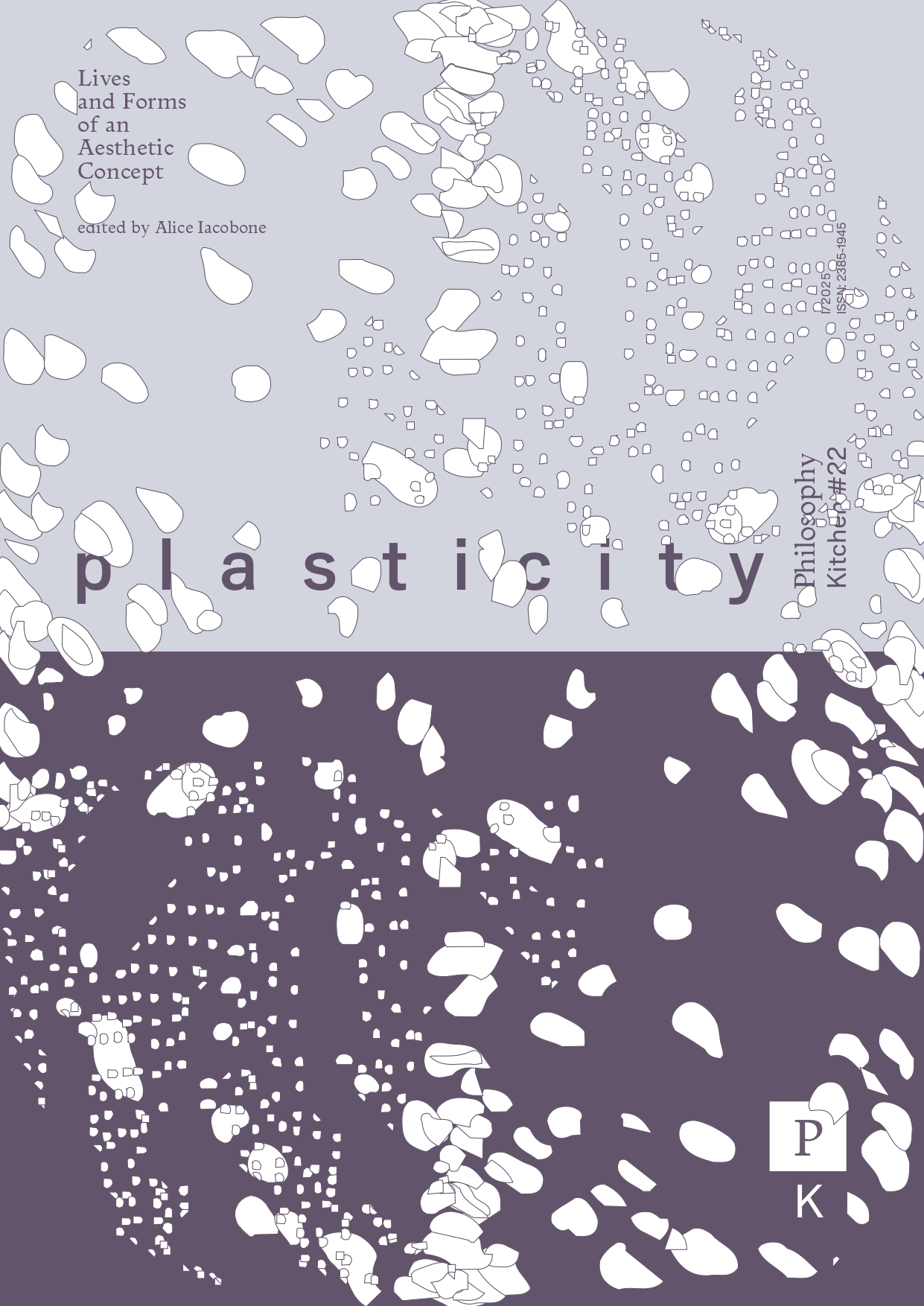Plastic Baroque
DOI:
https://doi.org/10.13135/2385-1945/12025Abstract
This essay introduces the concept of Plastic Baroque. Baroque, both as a concept and as performance, revised its manifestations, limits and socio-cultural capital as it came to find a place in twentieth-century aesthetics. These re-appropriative ways where Baroque is ornate, overwhelming, bizarre, heterodox, fluid, make for its introduction into the compelling domain of the plastic arts, intended as the domain of artworks made of plastics. Baroque’s exemplarity is its plasticity. It exceeds the historical specificity, the periodic signature and the designative stamp into an expression that through an experimental and appropriative course marks its transition from the Neo-Baroque to what I call the Plastic Baroque. It is about bringing into play the idea of the Baroque in its plasticity – the fluidity of borders, the dynamicity of representation and the transgressions of traditions – and the extent to which contemporary plastic art, in turn, can be qualified as Baroque.






